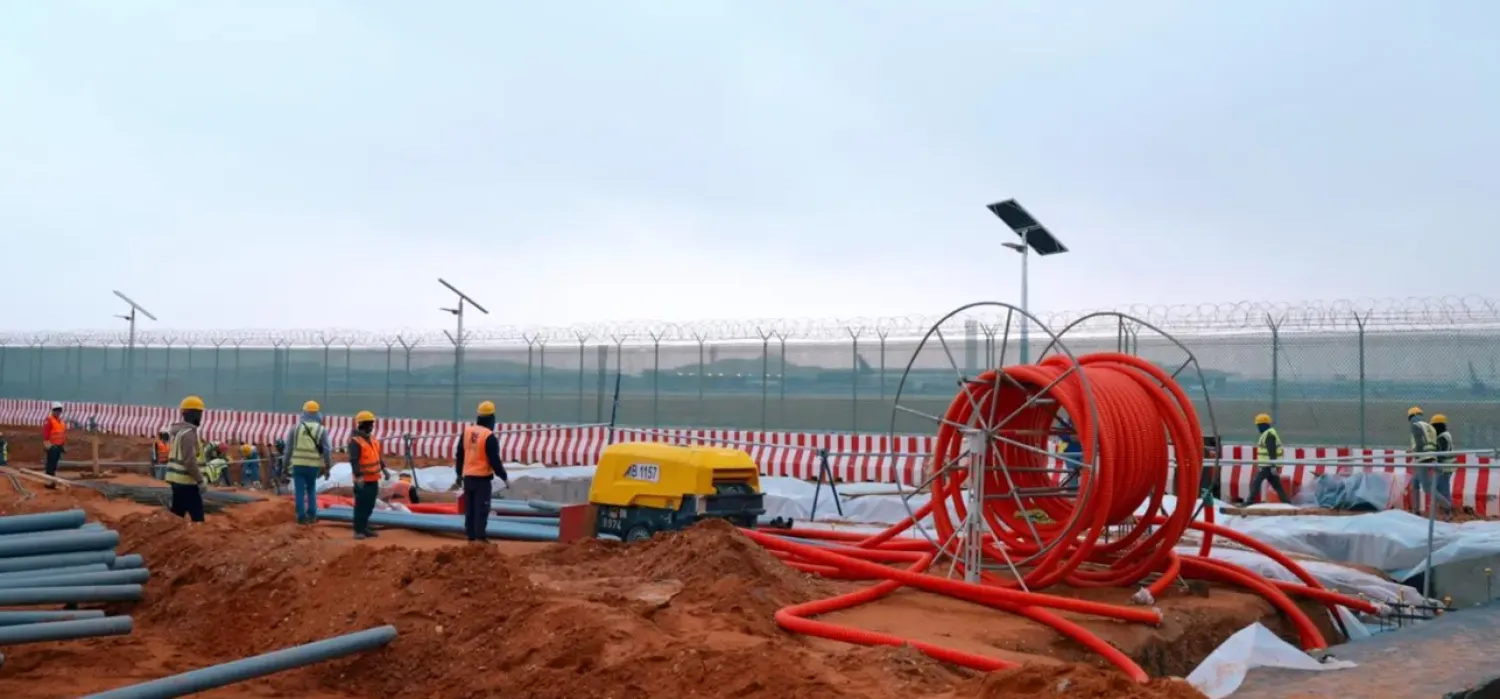Oil prices rose in early Asian trading on Thursday, extending strong gains in the previous session after the killing of a Hamas leader in Iran raised the threat of a wider Middle East conflict and on signs of strong oil demand in the US.
Global benchmark Brent crude futures rose 67 cents, or 0.8%, to $81.51 per barrel by 0007 GMT, while US West Texas Intermediate crude futures rose 69 cents, or 0.9%, to $78.60 per barrel.
The most active contracts on both benchmarks jumped about 4% in the previous session, Reuters reported.
Hamas leader Ismail Haniyeh was assassinated in the Iranian capital Tehran on Wednesday, less than 24 hours after Lebanon-based Hezbollah's most senior military commander was killed in an Israeli strike in the capital, Beirut.
The killings fuelled concern that the 10-month-old war in Gaza between Israel and Hamas was turning into a wider Middle East war, which could potentially lead to disruptions in oil supply from the region.
"We fear the region is at the brink of all-out war," Japan's deputy United Nations representative Shino Mitsuko said on Wednesday as the UN security council called for stepped-up diplomatic efforts.
Also pushing up oil prices was a set of data releases from the US, the world's top oil consumer, and a weaker dollar.
Robust export demand pushed US crude oil stockpiles lower by 3.4 million barrels in the week ended July 26 to 433 million barrels, data from the US Energy Information Administration (EIA) showed on Wednesday.
US oil stocks have declined for five consecutive weeks, the longest such streak since January 2021.
US oil demand was at a seasonal record in May as gasoline consumption surged to its highest since before the pandemic, a separate data release from the EIA showed on Wednesday.
Meanwhile, the US dollar index extended losses on Thursday from the previous session, after the Federal Reserve held interest rates steady but left the door open for a cut in September. A weaker dollar can boost oil demand from investors holding other currencies.
Oil Rises on Risk of Broadening Middle East Conflict

Oil pump jacks work at sunset near Midland, Texas, US, August 21, 2019. REUTERS/Jessica Lutz/File Photo

Oil Rises on Risk of Broadening Middle East Conflict

Oil pump jacks work at sunset near Midland, Texas, US, August 21, 2019. REUTERS/Jessica Lutz/File Photo
لم تشترك بعد
انشئ حساباً خاصاً بك لتحصل على أخبار مخصصة لك ولتتمتع بخاصية حفظ المقالات وتتلقى نشراتنا البريدية المتنوعة







